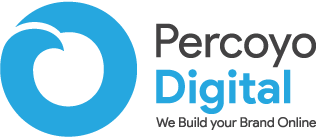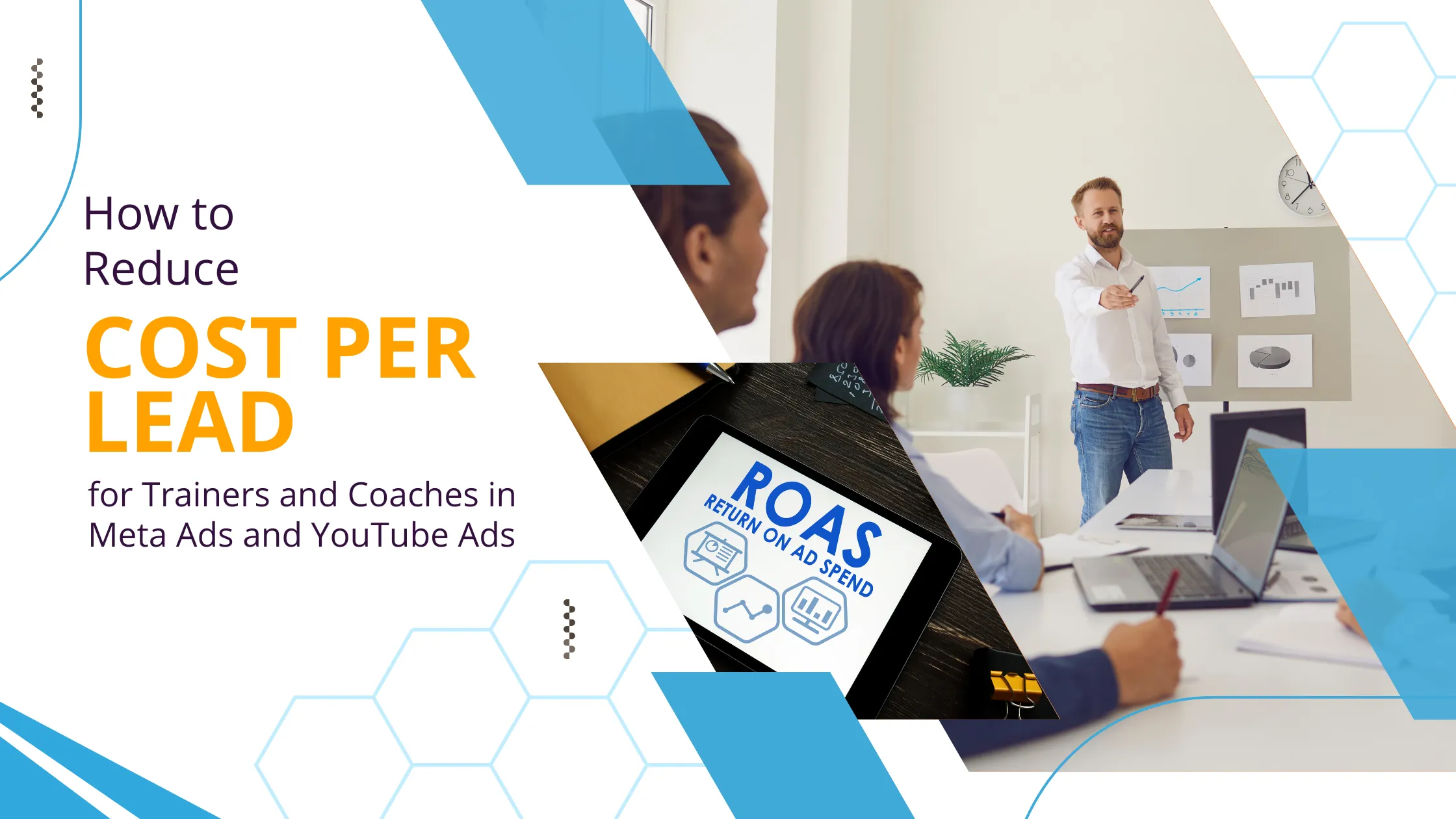If you are a trainer or coach who is trying to get new clients online, you have probably tried running ads on Meta (Facebook and Instagram) or YouTube. These platforms are great for reaching people who may be interested in your training programs. But many coaches face the problem of high cost per lead. You may be spending money and getting very few leads in return, which makes it harder to grow your business.
Cost Per Lead (CPL) is the amount you pay for every person who signs up or shows interest in your coaching offerings. For example, if you spend ₹5,000 on ads and get 100 leads, your CPL is ₹50. The goal is to reduce this number, so you get more leads without spending more money. When your CPL is low, your ad budget stretches further, and your coaching business grows faster.
In this blog, you will learn how to reduce CPL in Meta Ads and YouTube Ads through simple and effective steps. These tips are useful whether you manage ads yourself or hire a digital marketing agency for coaches or trainers.
Grab Attention with a Strong Hook and Clear Value
Target the Right Audience
To bring down your cost per lead, focus on showing your ads only to the people who really need your coaching. On Meta, you can choose your audience by things like age, gender, job title, interests, or location. YouTube lets you target based on what people are searching for and the kinds of videos they watch. The clearer you are about who you want to reach, the better your results will be. When your ads connect with the right audience, your cost per lead naturally starts to drop.
Create a Strong Free Offer
The key is to make sure that your offer solves a problem your audience faces. When your offer is useful and relevant, people will be happy to give their contact details which means more leads at a lower cost. A good offer grabs attention and helps you get more leads for less money.
Make Sure Your Landing Page is Simple and Clear
Your landing page should deliver exactly what you say in your ads. Keep the text short and clear. Use bullet points to explain what the person will get. Have a short form asking only for the name, email, and maybe phone number. Add 1–2 testimonials to build trust. Most importantly, make sure the page loads fast on mobile. When users find it easy to sign up, your conversion rate goes up, and your CPL comes down.
Retarget People Who Already Know You
According to the Marketing Rule of 7, a prospect typically needs to see or hear your message at least seven times before taking action. Retargeting allows you to show ads again to people who clicked your ad, visited your landing page, or watched your video but did not sign up. You can use Meta Pixel or YouTube remarketing tools to do this. Since these people already know you, the chances of them converting are much higher. You can remind them with a different ad, maybe a testimonial, a success story, or a limited-time offer. Retargeting improves results and helps you get more leads at a lower cost.
Test Different Ad Versions
Every audience responds differently. Sometimes, changing a single word or image can make a big difference. That is why it is important to test your ads using what is called A/B testing. Create 2–3 versions of your ad. Change the headline in one, the image in another, and the call-to-action in the third. Run them for a few days and see which one gets more clicks and sign-ups. Keep the good performing version and stop the others. In this way you will only spend money on ads that are working well. Testing is one of the best ways to reduce CPL over time. If you work with a digital marketing agency for trainers, they will handle all of this for you and get better results faster.
Monitor Your Results and Make Small Improvements
Finally, always keep an eye on how your ads are performing. Do not just launch your campaign and forget about it. These are the terms that you should keep a check on:
- Cost per lead (CPL) – how much each lead is costing you
- Ad Budget – Total amount you’re spending on your ad. Watch for and track it so you’re not spending too much without any feedback.
- Impressions – This tells you how many times your ad has been shown to people. This is good for knowing the saturation of the ad.
- CPI (Cost Per Impression) – This tells you how much you’re paying and for each impression. A high CPI might mean your profile may need to be adjusted or your ad is not resonating well.
- Reach – Reach tells you how many unique people saw your ad – unlike impressions, it’s taking into account unique people.
- CPR (Cost Per Reach) – This shows how much it costs to reach a unique individual. Keep this as low as possible, you will reach more people without being over budget!
- LP Visits – This tells you how many people clicked on your ad and visited your landing page! It is an important step in your funnel.
- CPLPV (cost per landing page visit) – This tells you how much you’re spending for each landing page visit. If this is too high, you may have to adjust your ad or your targeting.
- Leads – The number of people who took action on the landing page (signed up or filled out a form). This is ultimately what you want.
- Opt-in Rate (%) – The percentage of visitors that became leads. A very low opt-in rate may indicate there are issues with the copy, or design of the landing page that need to be tweaked.
- Show Up (Number of Webinar Attendees) – How many leads actually showed up for the webinar? This metric will help you determine how likely it is that people will want to attend future webinars, the quality of leads, and interest level.
- CPWSU (cost per webinar show up) -How much did it cost to get each person to the webinar? The lower this number, the better the return you have on ad dollars.
- SUR(%) (Show up Rate) – The average percentage of leads that actually attended the webinar. The higher this number, the more effective your follow-up reminders and follow-up messaging associating value to the event sought.
- WAR (PITC) (Webinar attendance ratio at start of the pitch) – This metric informs how many people stayed on when you started pitching. This is a good metric of engagement.
- WAR(%) (Webinar attendance ratio) – This is the percentage ratio of total attendees that stayed on until you pitched an offer. The higher the WAR% the more qualified leads, as well as the greater amount of interest you have in the audience being surveyed.
- Conversion (%) – The percent of attendees at your webinar that became paying customers, which is a key number to track to evaluate the effectiveness of your sales funnel.
- Revenue – The total income you generated from your campaign. You can analyze total revenue in terms of overall success.
- Profit – What you have remaining after ad spend and other costs are subtracted from revenue. This is the bottom line.
- ROAS (Return on ad spend) – This tells you how much revenue generated for each dollar spent on ads. A ROAS greater than 1 means you are generating more than you are spending.
- Click-through rate (CTR) – How many people clicked your ad
- Conversion rate – How many people signed up after clicking
- Frequency – how often the same person is seeing your ad. High frequency without results could lead to ad fatigue.
- Relevance Score / Quality Score – Meta and Google assign scores to your ads based on how relevant and engaging they are. Higher scores often lead to lower costs.
- Bounce Rate (on landing page) – it shows how many visitors left your page without taking action. A high bounce rate may suggest that your page is not matching the ad’s promise.
If your CTR is low, try changing your image or headline. If your conversion rate is low, check your landing page. Make small changes one by one and track the results. Over time, these small fixes will help lower your CPL while increasing the number of leads.
Conclusion
Getting leads from Meta and YouTube ads does not have to be expensive. With the right strategy, you can get more leads while spending less money. The goal is to make your ads more targeted, your message clearer, and your process smoother from ad to landing page.
To reduce your Cost Per Lead (CPL), start by targeting the right audience, offering something valuable, using strong visuals and messages, and creating a clean landing page. Then, use retargeting, test different ads, and keep checking your results. If you do all these things regularly, your CPL will go down, and your results will go up.
Let Percoyo Digital handle your Meta and YouTube ads, so you can focus on coaching while we focus on getting you more leads for less.

